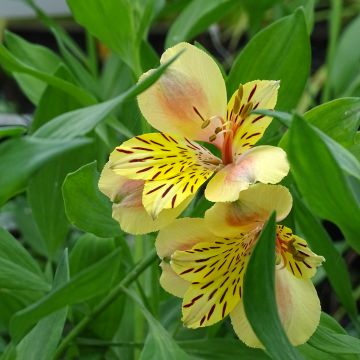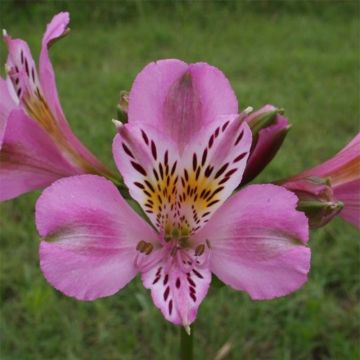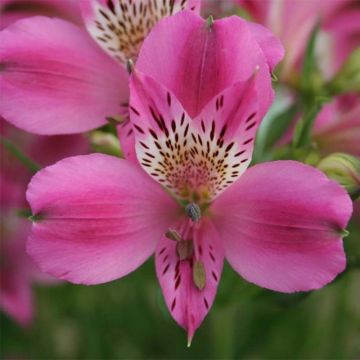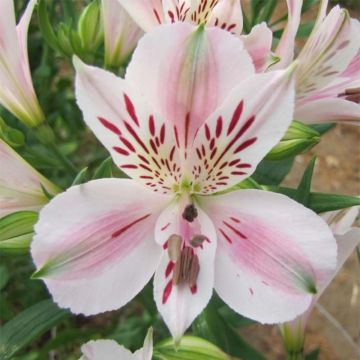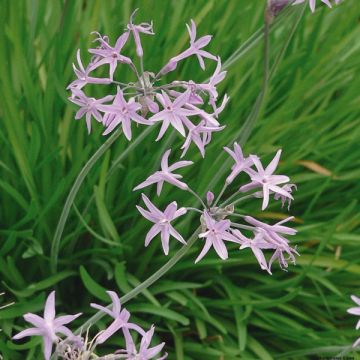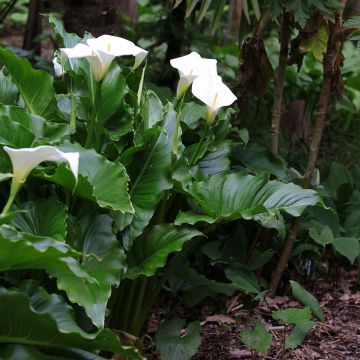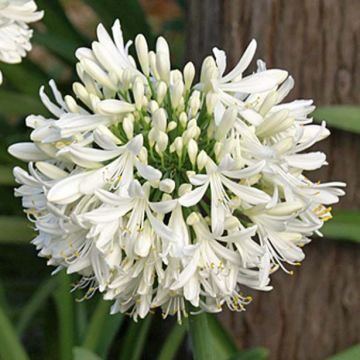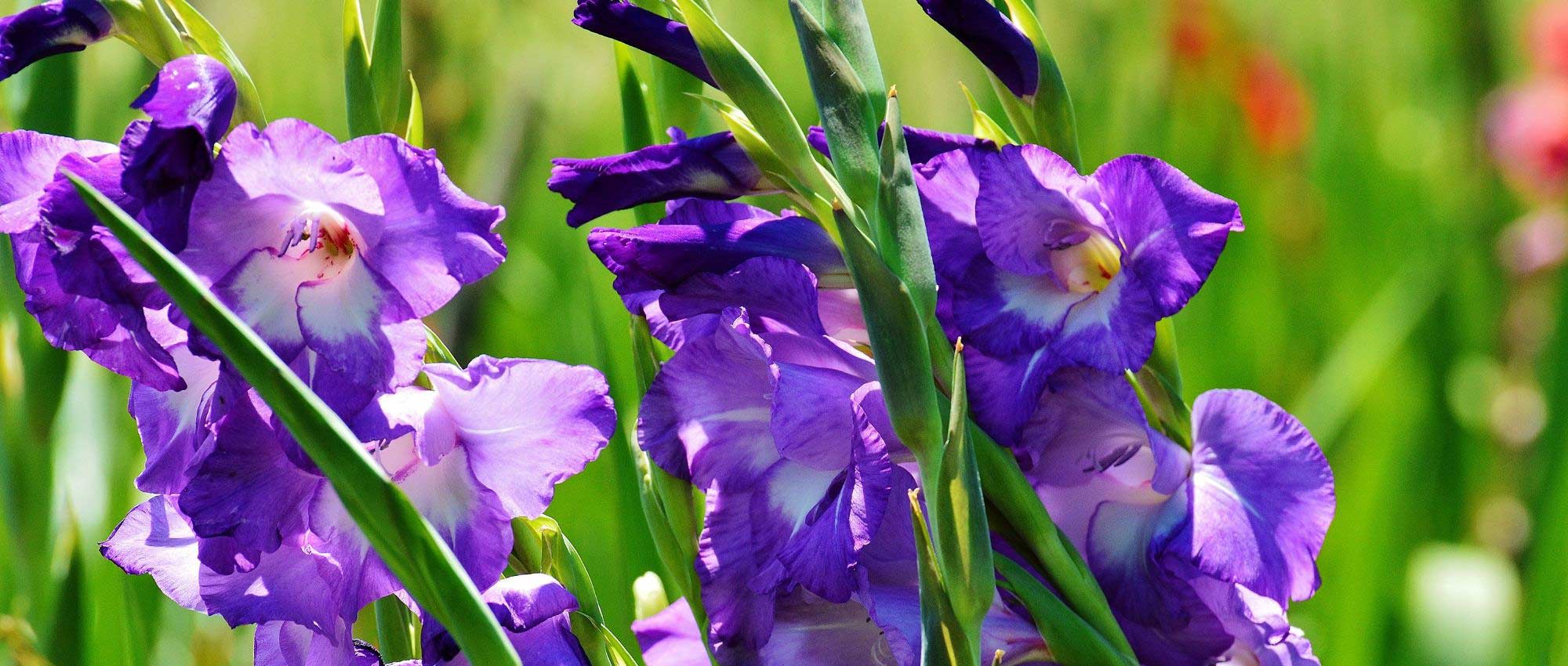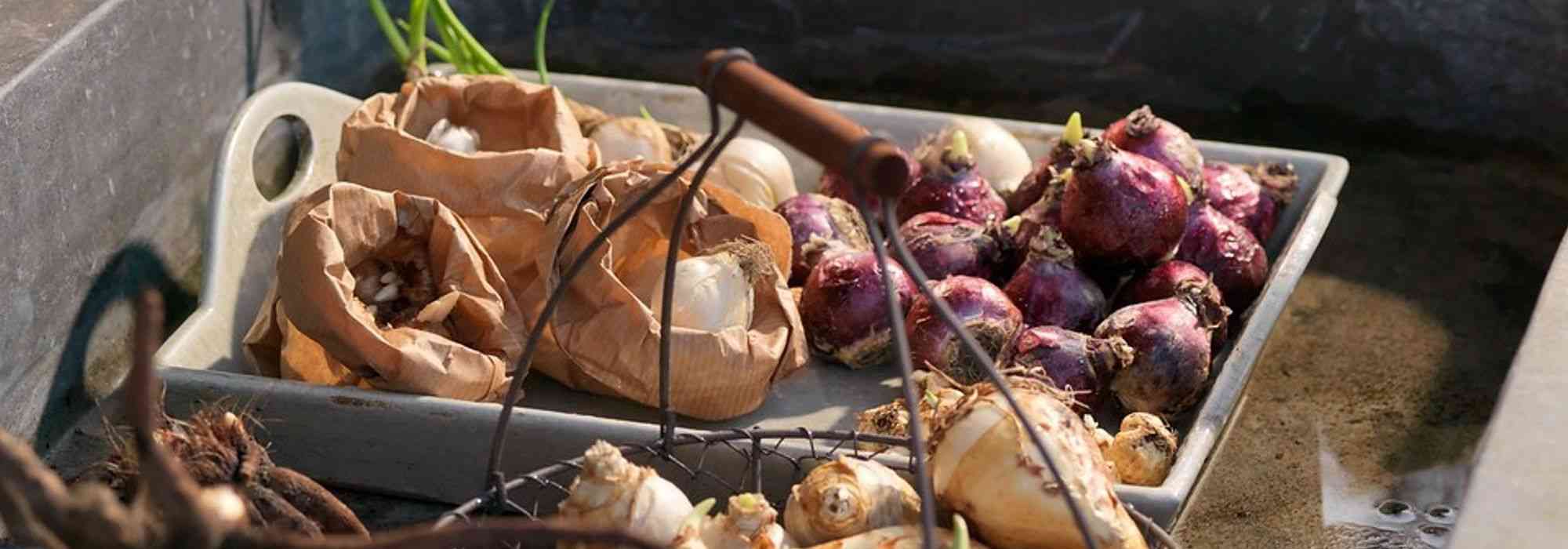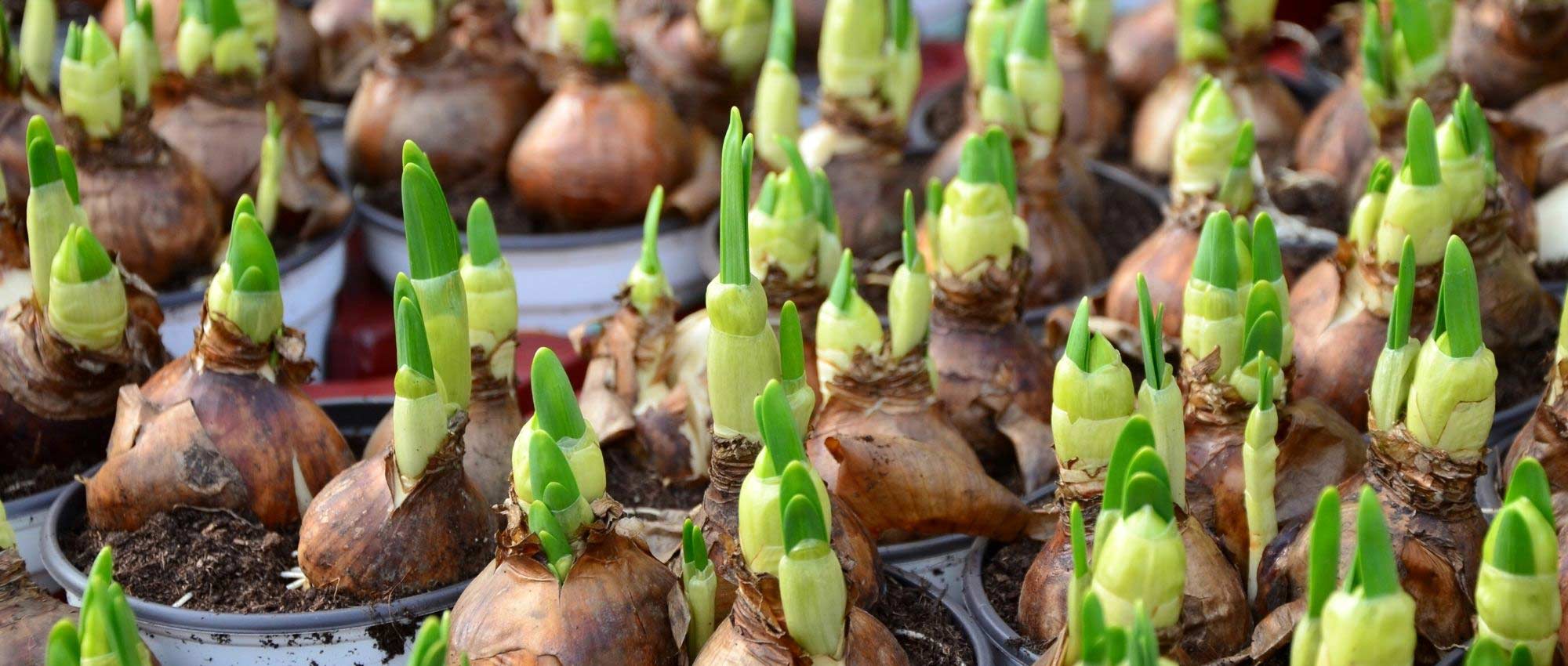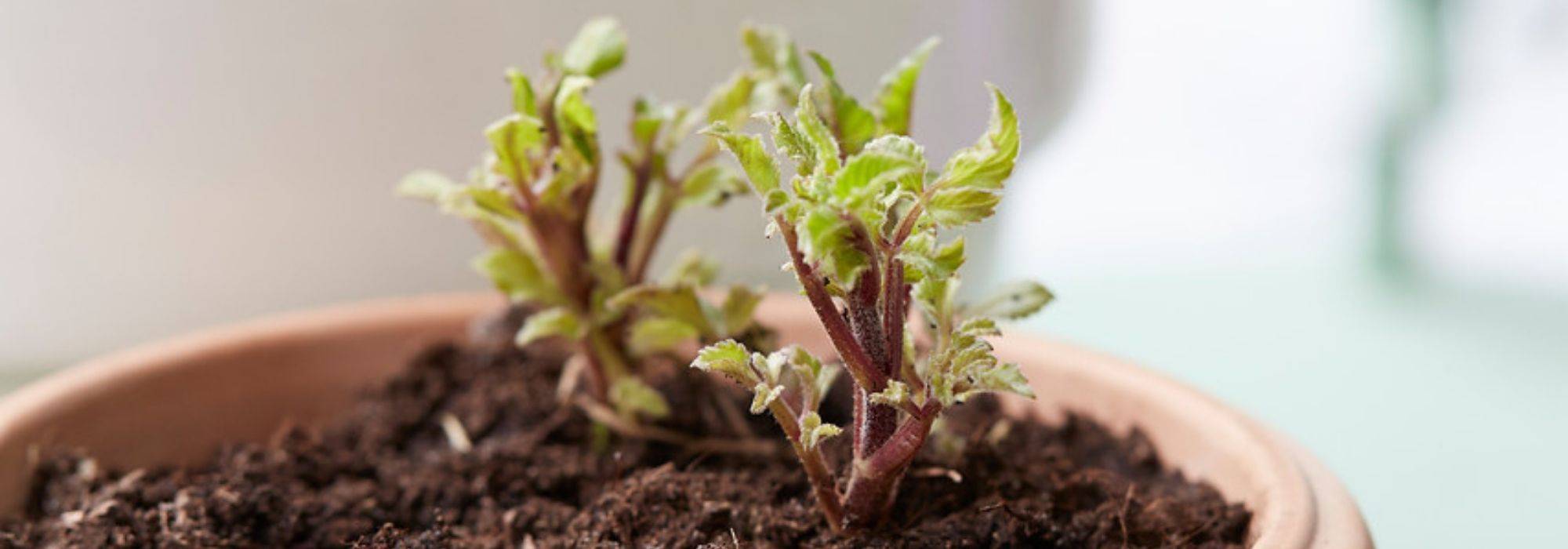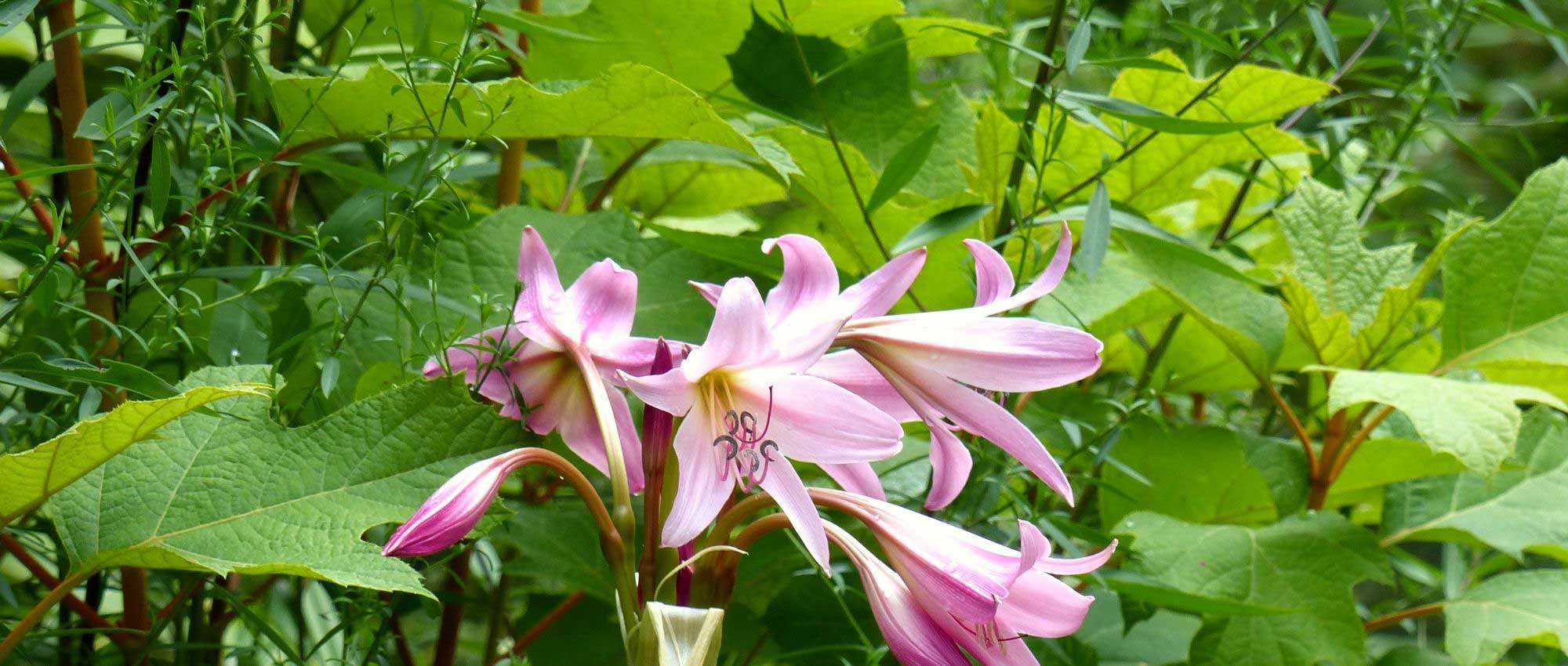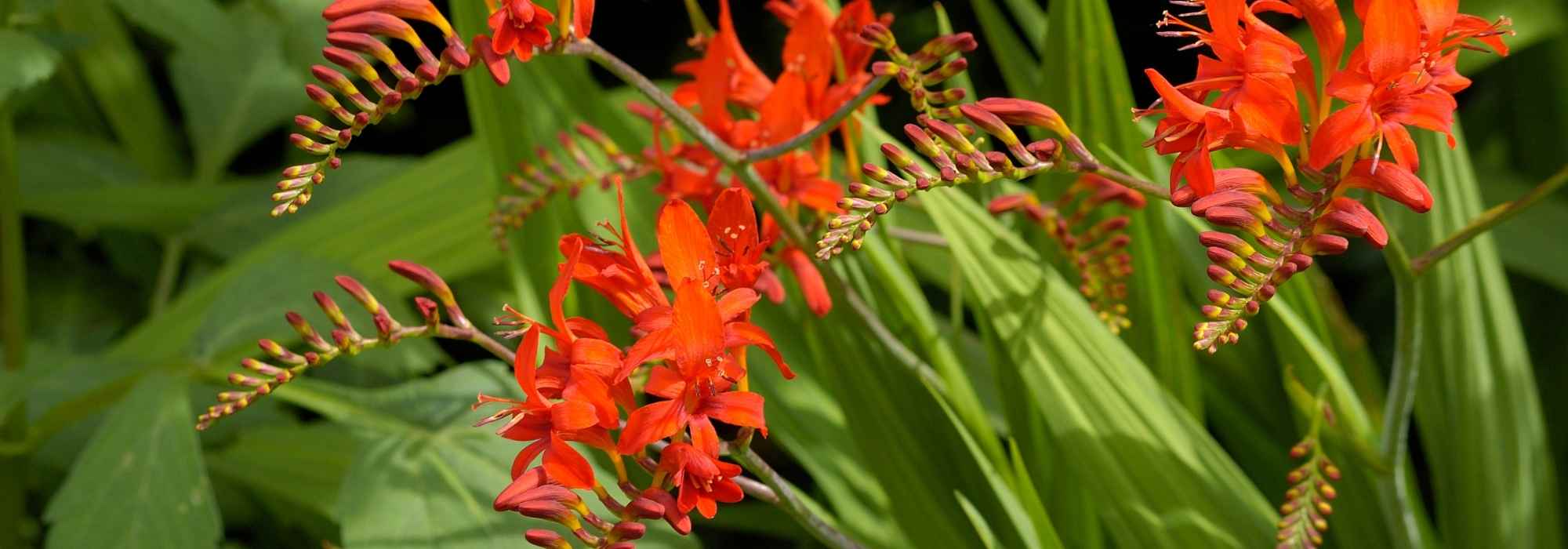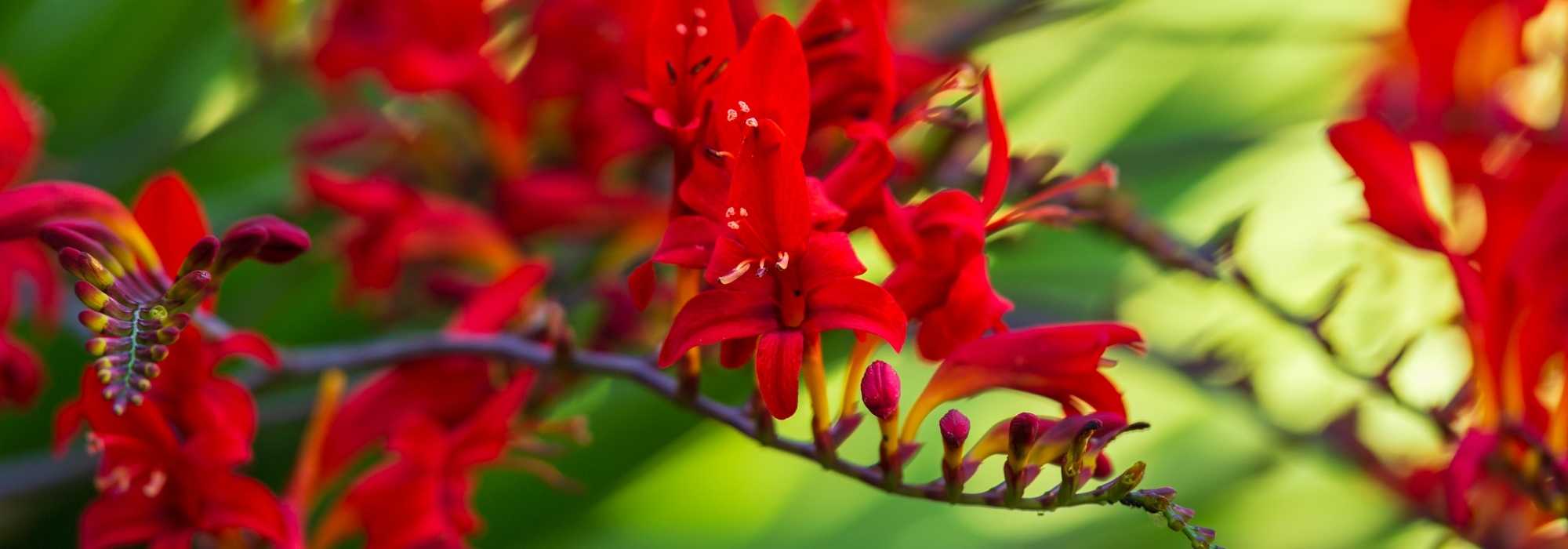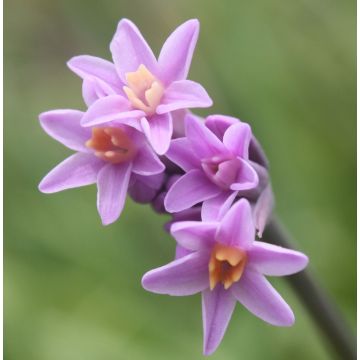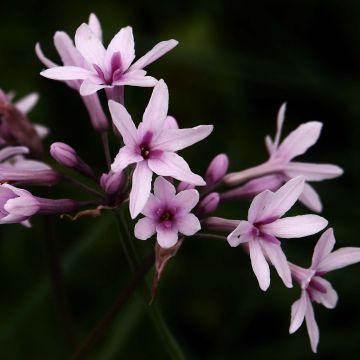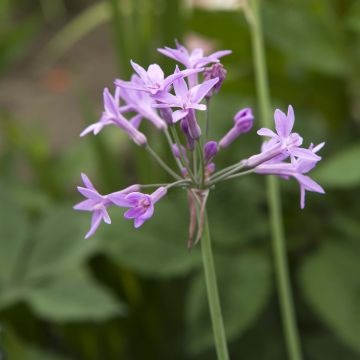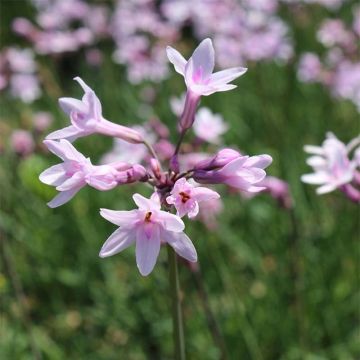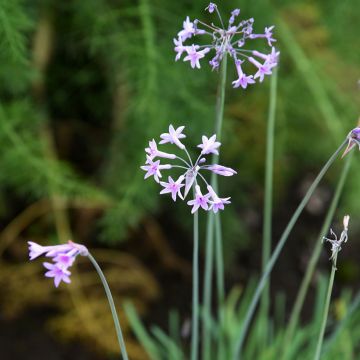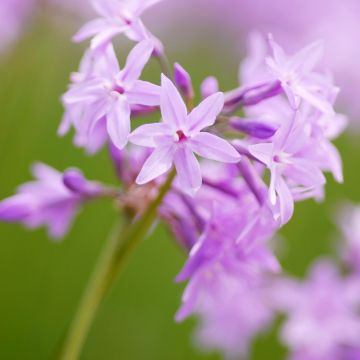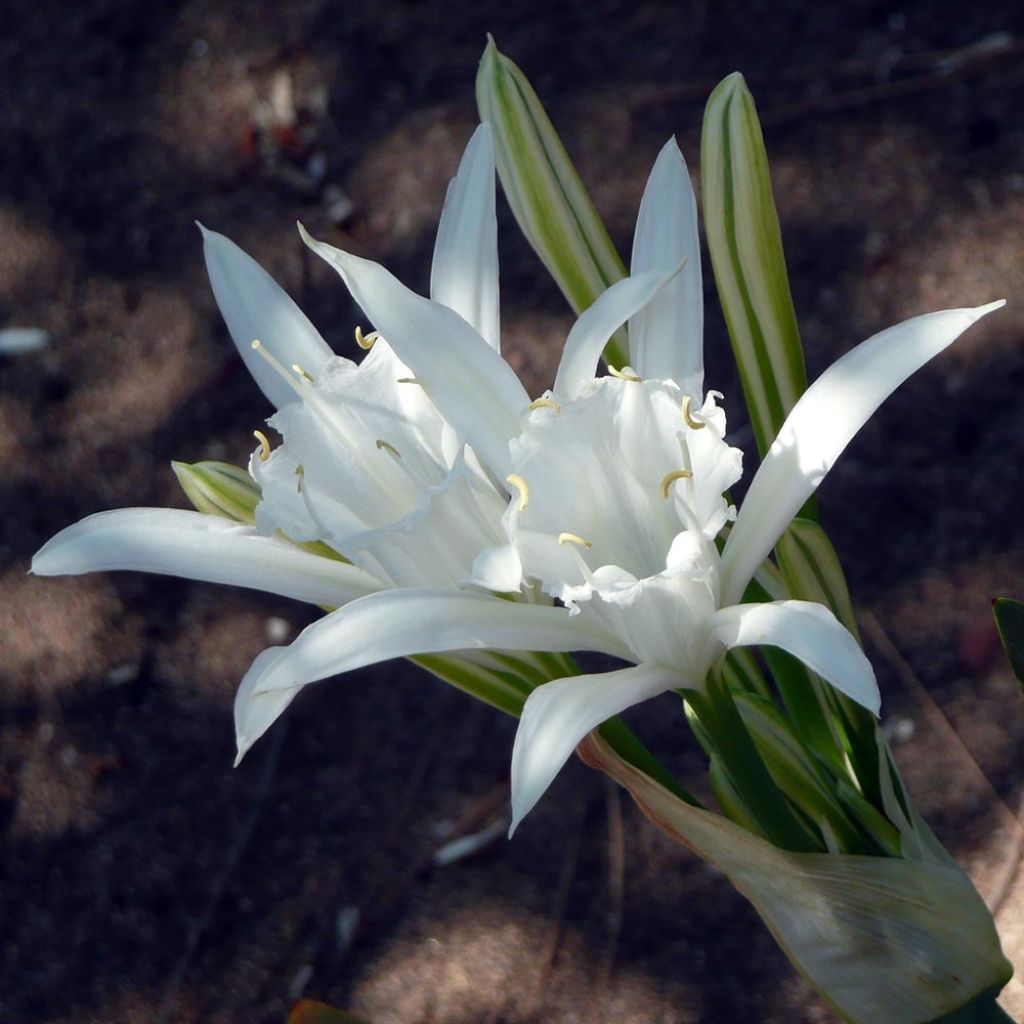

Pancratium maritimum - Lis de mer
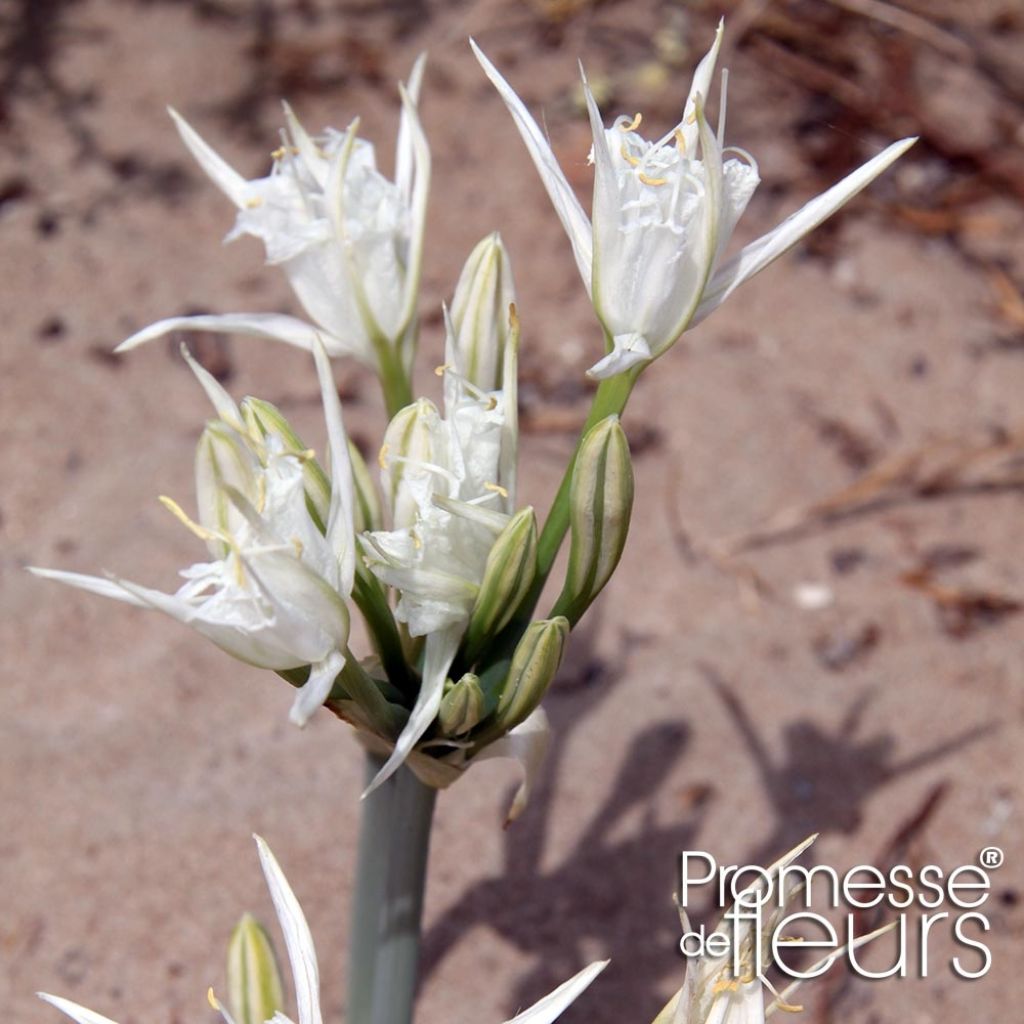

Pancratium maritimum - Lis de mer
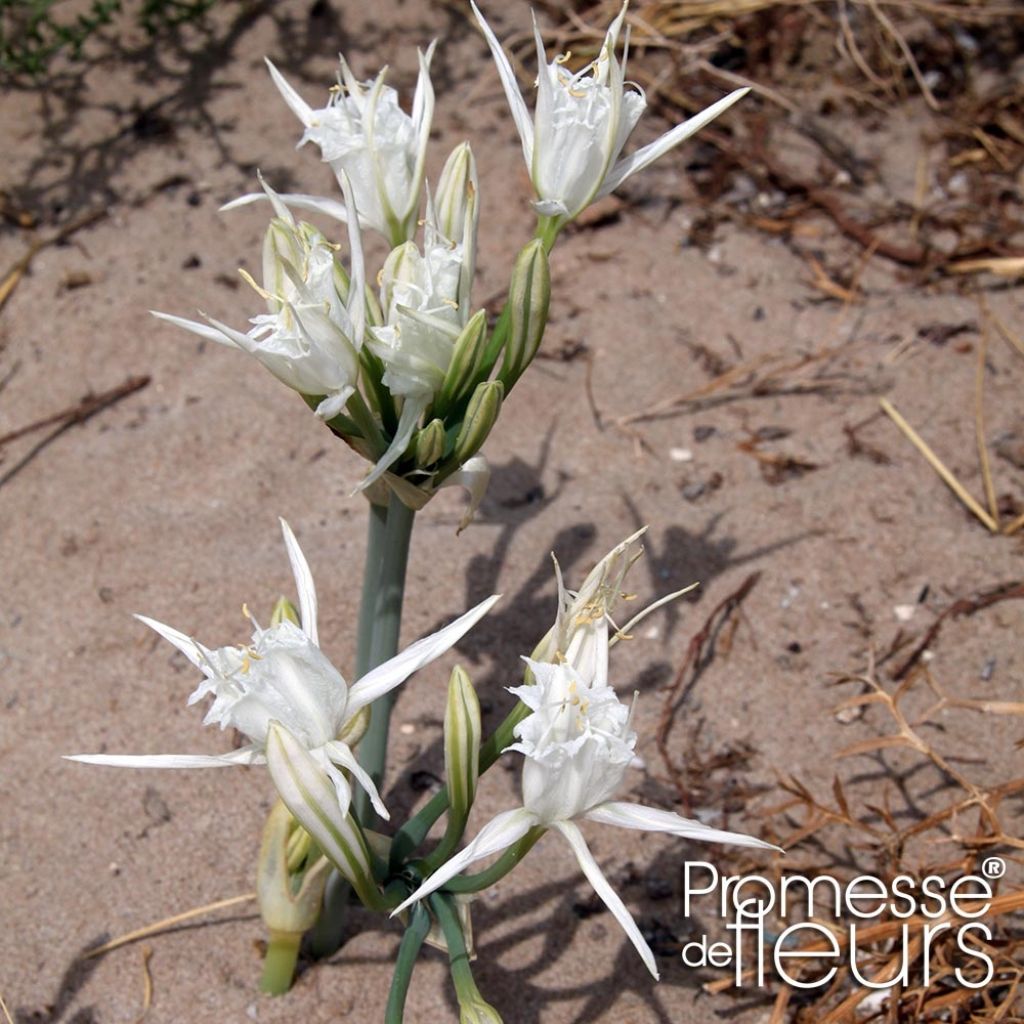

Pancratium maritimum - Lis de mer
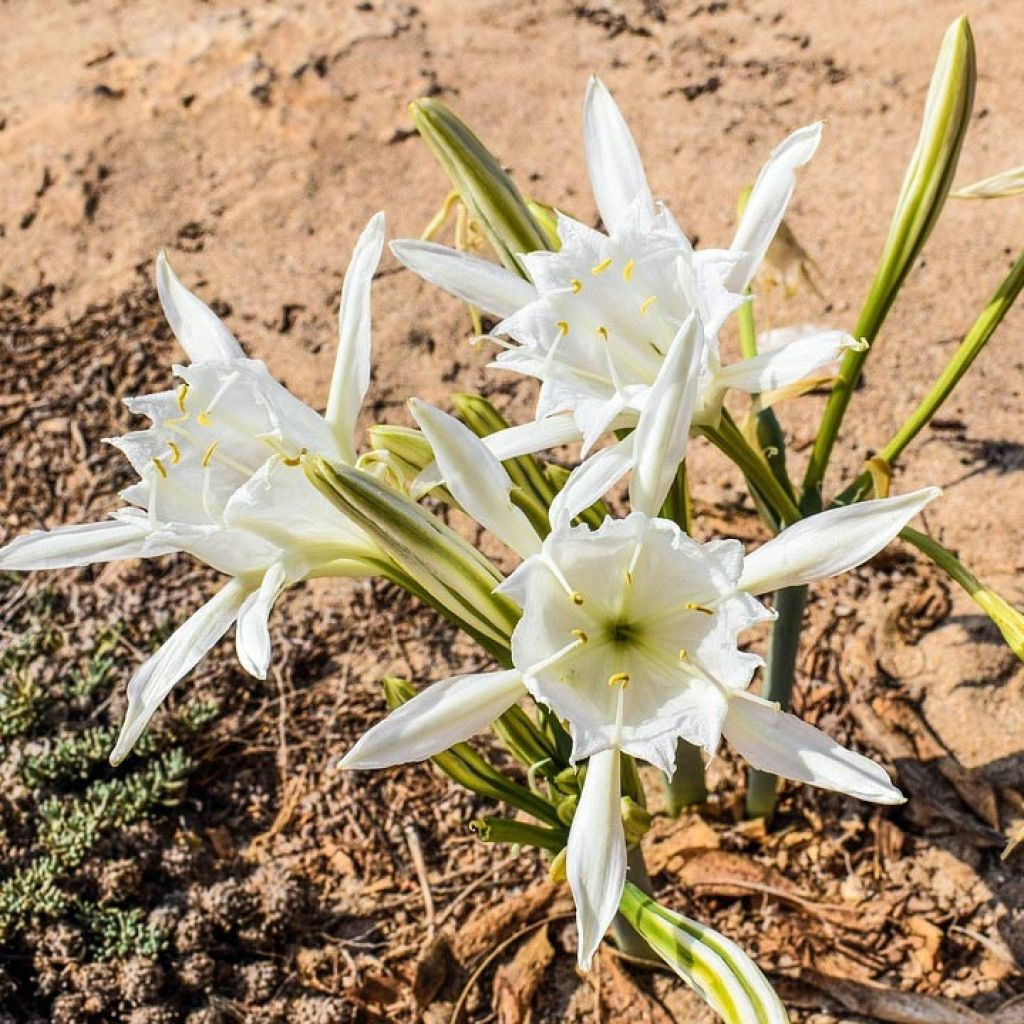

Pancratium maritimum - Lis de mer
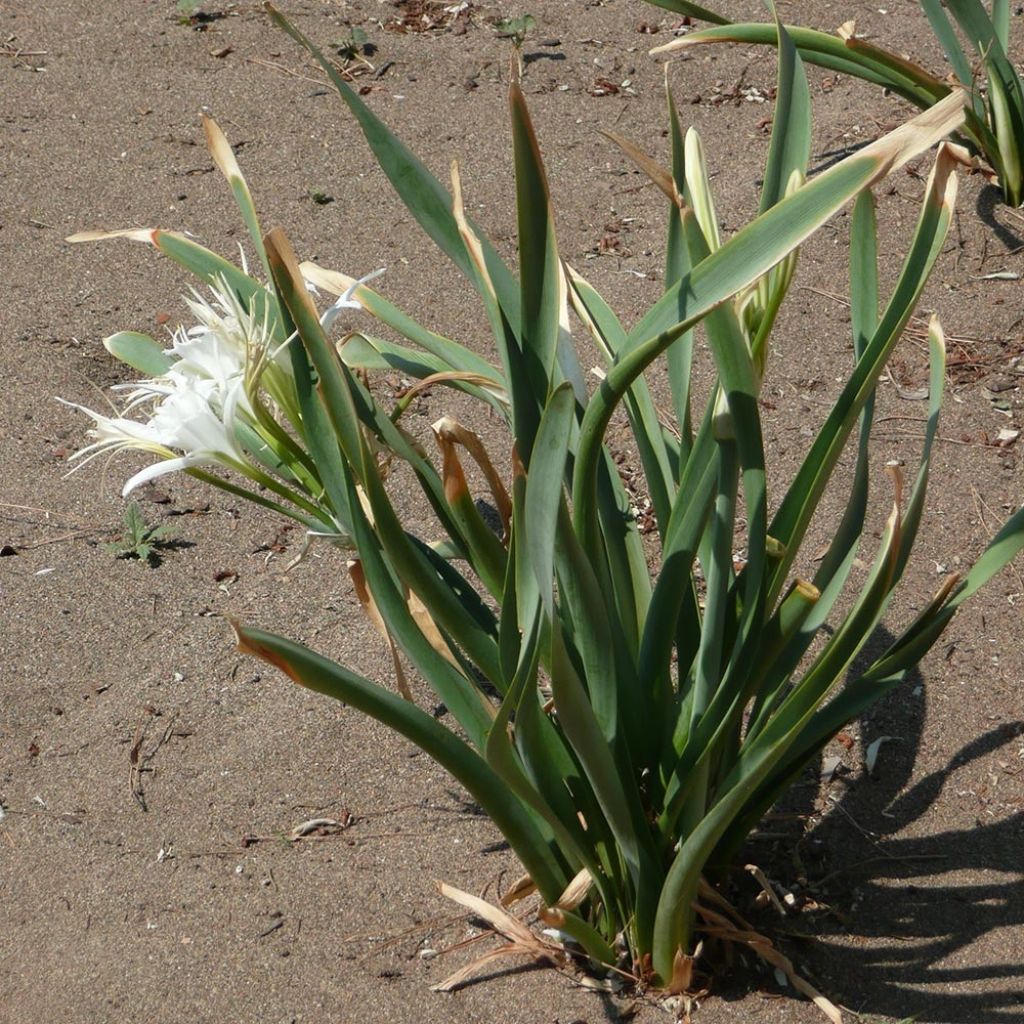

Pancratium maritimum - Lis de mer
Pancratium maritimum - Sand Lily
Pancratium maritimum
Sea Daffodil, Sand Lily
Out of my entire order, this is the only product where I have some doubts (bought a bit late, it's true). I planted it in a pot with dwarf dahlias.
Valerie, 10/06/2020
Special offer!
Receive a €20 voucher for any order over €90 (excluding delivery costs, credit notes, and plastic-free options)!
1- Add your favorite plants to your cart.
2- Once you have reached €90, confirm your order (you can even choose the delivery date!).
3- As soon as your order is shipped, you will receive an email containing your voucher code, valid for 3 months (90 days).
Your voucher is unique and can only be used once, for any order with a minimum value of €20, excluding delivery costs.
Can be combined with other current offers, non-divisible and non-refundable.
Why not try an alternative variety in stock?
View all →This plant carries a 6 months recovery warranty
More information
We guarantee the quality of our plants for a full growing cycle, and will replace at our expense any plant that fails to recover under normal climatic and planting conditions.
Does this plant fit my garden?
Set up your Plantfit profile →
Description
Pancratium maritimum, beautifully called Sea Lily, is a tender bulb found on Mediterranean sandy coasts. This species, protected in its natural habitat, is very rare in cultivation and offers a dazzling and fragrant flowering that blooms for two months, from July to September. Its magnificent flowers, resembling large white daffodils, are grouped in loose umbels. They are carried by a sturdy stem, emerging from a tuft of ribbon-like foliage similar to that of amaryllis. Delightfully fragrant and sculptural, these flowers last a long time in a vase and make spectacular and refined, elegant bouquets. Plant it near the house, in a large pot or in the ground in coastal regions spared from frost.
Pancratium maritimum, commonly called Sea Lily, or Sea Daffodil in English, belongs to the Amaryllidaceae family, just like snowdrops, nerines and Lycoris. It is a perennial herbaceous plant that naturally grows in sunny sandy coastal regions of the Atlantic and the Mediterranean. It is not very hardy and likes a mild climate where frost is rare and brief, it adapts well to pot culture.
When in bloom, the Sea Lily reaches a height of 40 to 60 cm (16 to 24in) with a spread of 30 to 40 cm (12 to 16in). Its growing season extends from spring to autumn, and its dormant period corresponds to winter. The basal foliage forms a spreading clump of broad, glaucous green, ribbon-like leaves. For two months from late spring to late summer, depending on the climate, cylindrical flower stalks emerge from the foliage. Each stalk bears an umbel of approximately 6 sweetly fragrant flowers, reaching 10 to 15 cm (4 to 6in) in diameter, white with a green wash at the centre at its tip. Each flower consists of a large trumpet-shaped staminal crown, whose edge is divided into 12 triangular teeth. Around this crown, 6 lanceolate tepals are arranged. Depending on the climate, soil, etc., the foliage may dry up and disappear in summer, only to reappear in autumn.
The Sea Lily is an exotic, sculptural and pleasantly fragrant plant that is well suited for decorating terraces or the surroundings of the house. It will thrive in full sun, in well-drained sandy soil, conditions that are easy to provide in a pot, stored away in winter. Be sure to give it a sufficiently large pot: excessive substrate temperature can have a detrimental effect on flower formation. In regions with mild winters, plant it in a sunny rock garden. This superb seaside plant is naturally resistant to sea spray and summer drought: grow it with plants that have the same requirements, such as Agapanthus, Sedum spectabile or Lithodora.
Report an error about the product description
Pancratium maritimum - Sand Lily in pictures
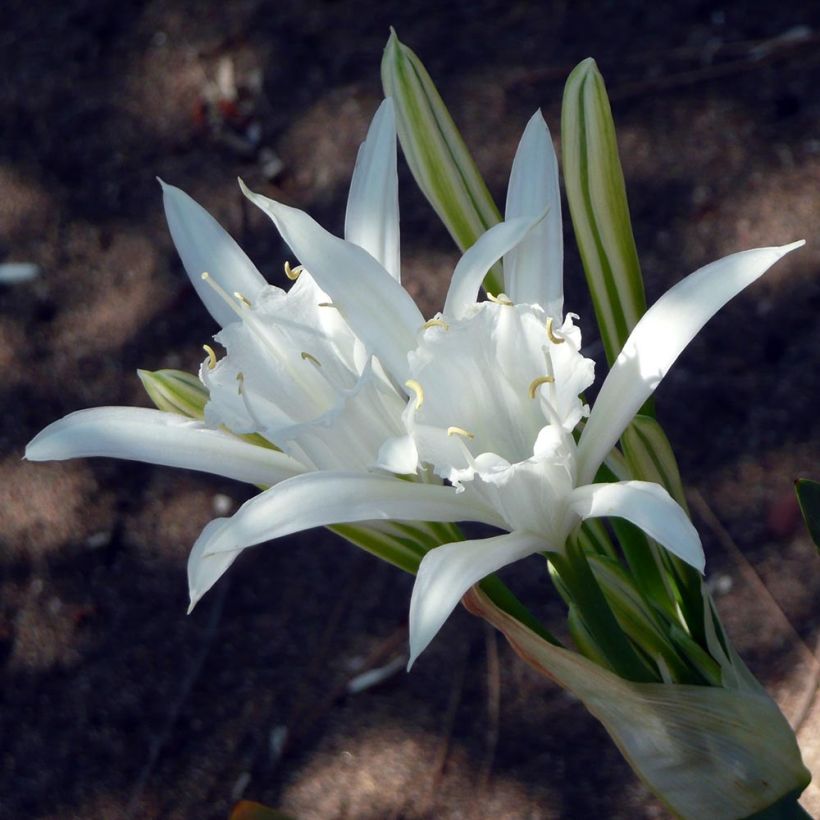

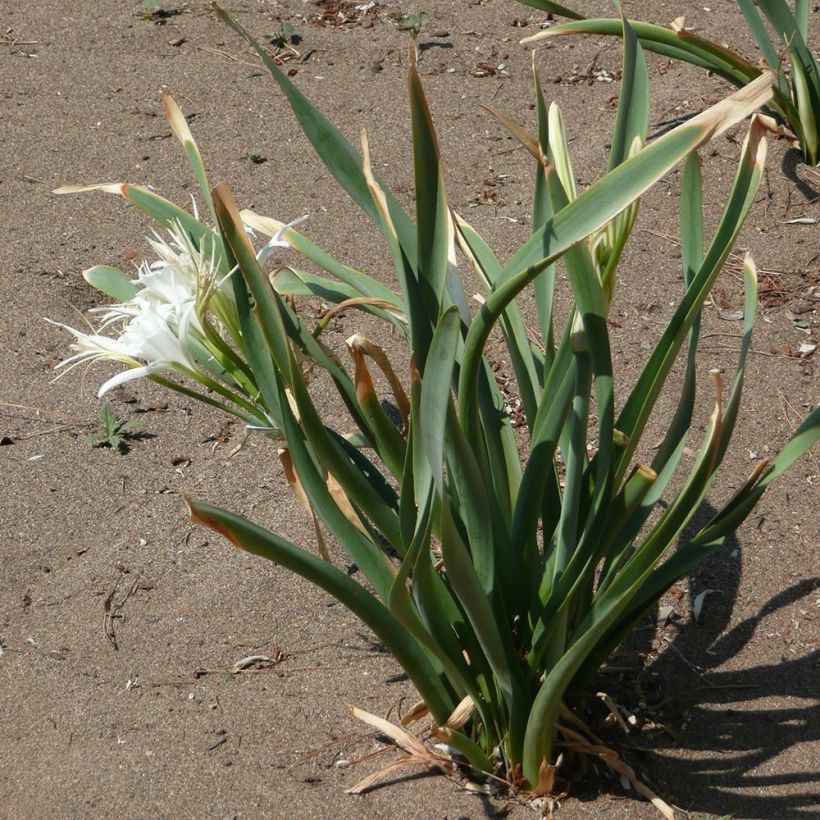

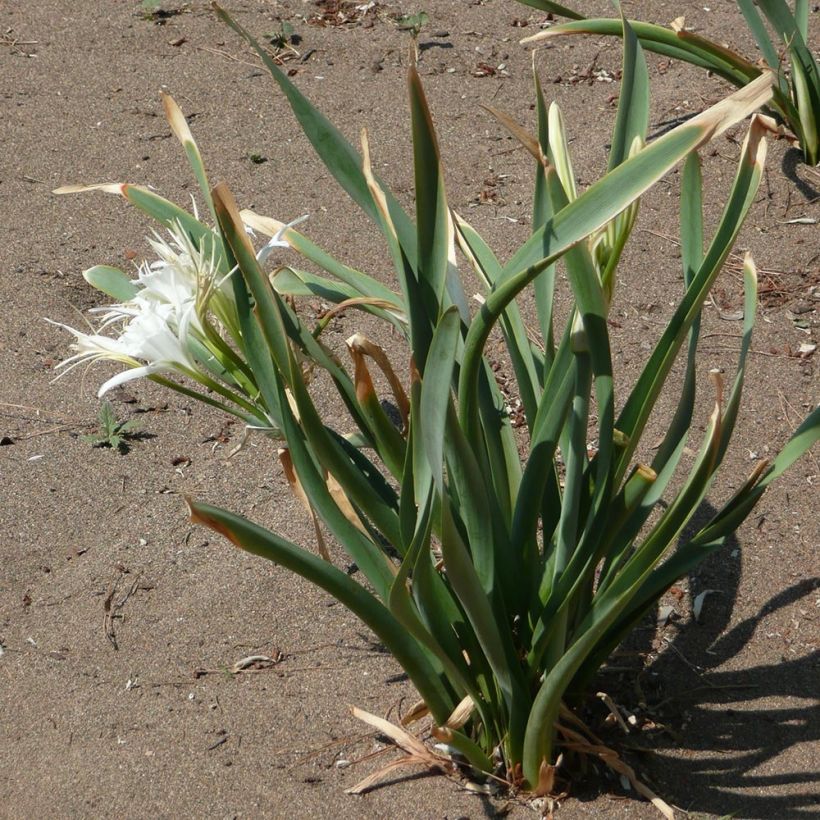

Plant habit
Flowering
Foliage
Botanical data
Pancratium
maritimum
Amaryllidaceae
Sea Daffodil, Sand Lily
Mediterranean
Other Summer bulbs A to Z
View all →Planting and care
Plant Pancratium maritimum bulbs by covering them with at least 10 cm (4in) of substrate to make them more resistant to cold. It is better to plant them in spring and mulch them in winter. For pot cultivation, make sure to choose a large pot and protect it over winter. The Sea Lily should be planted in well-drained soil enriched with sand. Water it regularly during the growth period (twice a week), but avoid watering it afterwards as it dislikes excess moisture in winter. This variety thrives particularly well in rockeries and containers. Use a well-drained sandy, slightly acidic mixture.
Planting period
Intended location
Care
Planting & care advice
-
, onOrder confirmed
Reply from on Promesse de fleurs
Similar products
Haven't found what you were looking for?
Hardiness is the lowest winter temperature a plant can endure without suffering serious damage or even dying. However, hardiness is affected by location (a sheltered area, such as a patio), protection (winter cover) and soil type (hardiness is improved by well-drained soil).

Photo Sharing Terms & Conditions
In order to encourage gardeners to interact and share their experiences, Promesse de fleurs offers various media enabling content to be uploaded onto its Site - in particular via the ‘Photo sharing’ module.
The User agrees to refrain from:
- Posting any content that is illegal, prejudicial, insulting, racist, inciteful to hatred, revisionist, contrary to public decency, that infringes on privacy or on the privacy rights of third parties, in particular the publicity rights of persons and goods, intellectual property rights, or the right to privacy.
- Submitting content on behalf of a third party;
- Impersonate the identity of a third party and/or publish any personal information about a third party;
In general, the User undertakes to refrain from any unethical behaviour.
All Content (in particular text, comments, files, images, photos, videos, creative works, etc.), which may be subject to property or intellectual property rights, image or other private rights, shall remain the property of the User, subject to the limited rights granted by the terms of the licence granted by Promesse de fleurs as stated below. Users are at liberty to publish or not to publish such Content on the Site, notably via the ‘Photo Sharing’ facility, and accept that this Content shall be made public and freely accessible, notably on the Internet.
Users further acknowledge, undertake to have ,and guarantee that they hold all necessary rights and permissions to publish such material on the Site, in particular with regard to the legislation in force pertaining to any privacy, property, intellectual property, image, or contractual rights, or rights of any other nature. By publishing such Content on the Site, Users acknowledge accepting full liability as publishers of the Content within the meaning of the law, and grant Promesse de fleurs, free of charge, an inclusive, worldwide licence for the said Content for the entire duration of its publication, including all reproduction, representation, up/downloading, displaying, performing, transmission, and storage rights.
Users also grant permission for their name to be linked to the Content and accept that this link may not always be made available.
By engaging in posting material, Users consent to their Content becoming automatically accessible on the Internet, in particular on other sites and/or blogs and/or web pages of the Promesse de fleurs site, including in particular social pages and the Promesse de fleurs catalogue.
Users may secure the removal of entrusted content free of charge by issuing a simple request via our contact form.
The flowering period indicated on our website applies to countries and regions located in USDA zone 8 (France, the United Kingdom, Ireland, the Netherlands, etc.)
It will vary according to where you live:
- In zones 9 to 10 (Italy, Spain, Greece, etc.), flowering will occur about 2 to 4 weeks earlier.
- In zones 6 to 7 (Germany, Poland, Slovenia, and lower mountainous regions), flowering will be delayed by 2 to 3 weeks.
- In zone 5 (Central Europe, Scandinavia), blooming will be delayed by 3 to 5 weeks.
In temperate climates, pruning of spring-flowering shrubs (forsythia, spireas, etc.) should be done just after flowering.
Pruning of summer-flowering shrubs (Indian Lilac, Perovskia, etc.) can be done in winter or spring.
In cold regions as well as with frost-sensitive plants, avoid pruning too early when severe frosts may still occur.
The planting period indicated on our website applies to countries and regions located in USDA zone 8 (France, United Kingdom, Ireland, Netherlands).
It will vary according to where you live:
- In Mediterranean zones (Marseille, Madrid, Milan, etc.), autumn and winter are the best planting periods.
- In continental zones (Strasbourg, Munich, Vienna, etc.), delay planting by 2 to 3 weeks in spring and bring it forward by 2 to 4 weeks in autumn.
- In mountainous regions (the Alps, Pyrenees, Carpathians, etc.), it is best to plant in late spring (May-June) or late summer (August-September).
The harvesting period indicated on our website applies to countries and regions in USDA zone 8 (France, England, Ireland, the Netherlands).
In colder areas (Scandinavia, Poland, Austria...) fruit and vegetable harvests are likely to be delayed by 3-4 weeks.
In warmer areas (Italy, Spain, Greece, etc.), harvesting will probably take place earlier, depending on weather conditions.
The sowing periods indicated on our website apply to countries and regions within USDA Zone 8 (France, UK, Ireland, Netherlands).
In colder areas (Scandinavia, Poland, Austria...), delay any outdoor sowing by 3-4 weeks, or sow under glass.
In warmer climes (Italy, Spain, Greece, etc.), bring outdoor sowing forward by a few weeks.

































